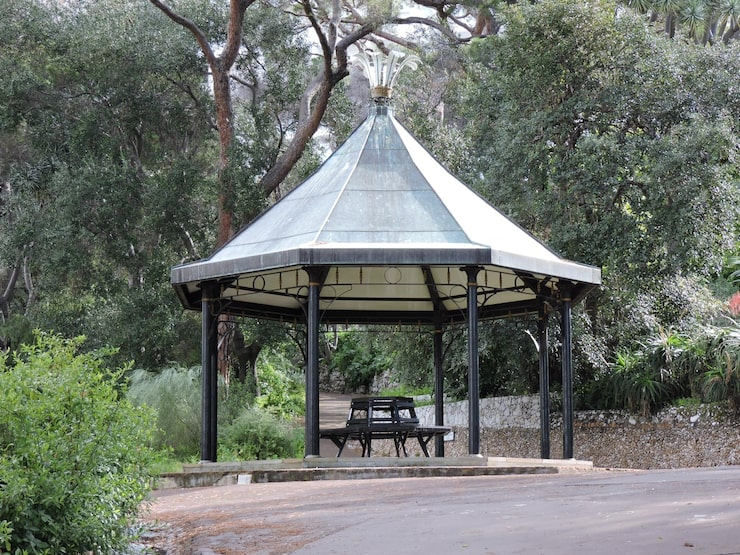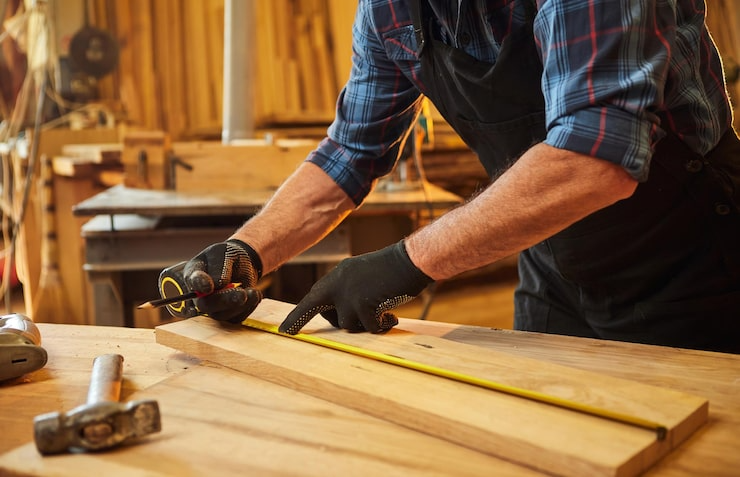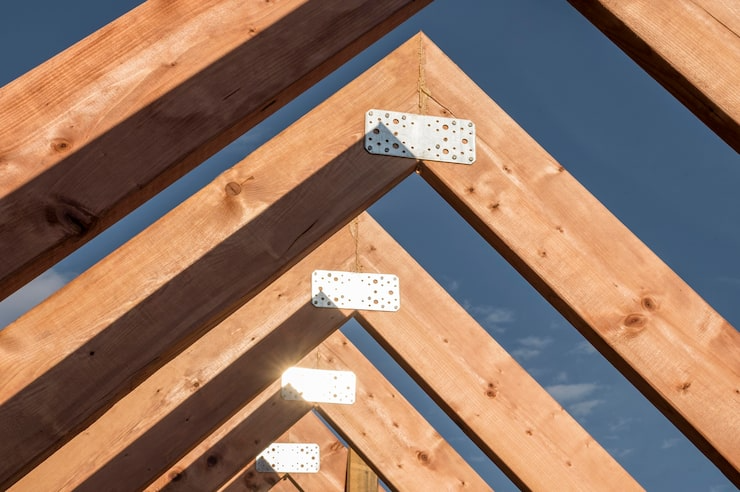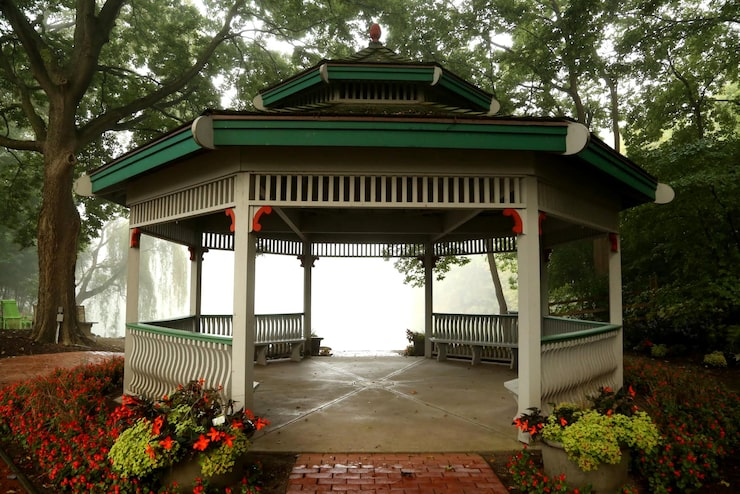Building a pergola can transform your outdoor space into a beautiful, functional retreat. Whether you want to create a shaded area to relax in, an elegant spot for entertaining guests, or a place to grow climbing plants, a pergola can add value and charm to your yard or garden. But how do you go about constructing one? In this detailed article, we’ll break down everything you need to know—from what a pergola is and its purpose to the tools, materials, and step-by-step instructions to build your very own.
What Is a Pergola?
A pergola is a freestanding outdoor structure made of vertical posts that support a series of horizontal beams or crossbeams, usually with a lattice-like roof. Unlike a gazebo or pavilion, a pergola typically has an open roof that allows sunlight to filter through while providing some protection from the elements. It can be placed over a patio, garden walkway, or in a yard to create a shaded area.
While a pergola may seem like a simple structure, its design allows for creative customization, making it a favorite choice for homeowners looking to enhance their outdoor space.

What Is the Purpose of a Pergola?
A pergola serves a variety of purposes depending on how you choose to use it. Here are some common reasons why people build pergolas:
- Shading: Although a pergola won’t block out the sun entirely, its structure provides partial shade, which can help reduce the temperature in your yard.
- Aesthetic Appeal: The open, airy design of a pergola adds a touch of elegance and sophistication to any garden, yard, or patio.
- Outdoor Living Space: Pergolas are perfect for creating an outdoor lounge area, whether it’s for relaxing, dining, or entertaining guests.
- Plant Support: Pergolas are often used as a support structure for climbing plants such as wisteria, grapevines, or ivy, which can make the structure more natural and beautiful.
- Focal Point: A pergola can serve as a central focal point in your landscape design, drawing attention to a garden area, patio, or swimming pool.
The Benefits of Building Your Own Pergola
- Customization: By building your own pergola, you have the freedom to choose the materials, design, and size that best suit your space and style.
- Cost-Effectiveness: While hiring a contractor to build a pergola can be expensive, building it yourself can save you money, especially if you already have the necessary tools.
- Sense of Accomplishment: Completing a DIY pergola project gives you a great sense of satisfaction and pride in your work. Plus, you’ll have a tangible addition to your home’s outdoor space.
How Much Does It Cost to Build a Pergola?
The cost of building a pergola varies depending on several factors, including the size, material, and whether you choose to DIY or hire a professional. Below is a general cost breakdown:
- DIY Pergola Kit: If you go the DIY route, pre-made kits typically cost between $500 and $3,000, depending on the size, material, and complexity.
- Custom Pergola Construction: If you hire a contractor to build a custom pergola, expect to pay between $2,000 and $10,000 or more. Custom-built pergolas with high-end materials, complex designs, or special features like lighting will cost more.
Materials also play a significant role in determining the final cost:
- Wooden Pergolas: These are typically the most affordable and widely used option for DIYers. Cedar, redwood, and pressure-treated lumber are common choices.
- Vinyl Pergolas: Vinyl is low maintenance and resistant to weathering but tends to be more expensive than wood.
- Aluminum or Steel Pergolas: These are more durable and require less maintenance but are often the priciest option.
Tools and Materials Needed for Building a Pergola
Tools:
- Measuring tape
- Level
- Circular saw (or miter saw)
- Power drill
- Hammer
- Shovel (for digging post holes)
- Post-hole digger
- Screwdrivers
- Clamps
- Wrench
- Safety goggles and gloves

Materials:
- 4×4 or 6×6 wooden posts (depending on the desired size and durability)
- 2×6 or 2×8 lumber for crossbeams and rafters
- Concrete mix (if installing posts into the ground)
- Screws or bolts (preferably galvanized to avoid rust)
- Post anchors (if required for your ground type)
- Lattice slats (optional, for added shade and decoration)
- Wood sealant or stain (to protect the structure from the elements)
- Post brackets and brackets for securing beams (if applicable)
Step-by-Step Guide: How to Build a Pergola
Step 1: Plan Your Pergola Design
Before you start building, planning is essential. Consider the following:
- Size: Measure your space and decide how big you want your pergola. A standard pergola typically measures about 10-12 feet wide and 12-16 feet long. Ensure the structure is in proportion with your backyard or garden.
- Location: Choose a spot where the pergola will receive partial sun but still be a functional space for lounging or dining. Consider whether you want it near your garden, patio, or pool area.
- Materials: Decide whether you want to use wood, vinyl, or metal. Wood is often the most cost-effective and versatile option for DIY projects.
- Design Style: Consider whether you want a simple, classic design or a more intricate one with added features like decorative beams or a built-in bench.
Sketch out your design and make sure to take detailed measurements. This will serve as a blueprint for your project.
Step 2: Set the Posts
The posts are the foundation of your pergola, and getting them set correctly is key to the structure’s stability.
- Mark Post Locations: Measure and mark the spots where each post will go. Typically, posts are spaced 8-10 feet apart.
- Dig Holes: Use a post hole digger to dig 2-3 feet deep holes (the exact depth will depend on your local soil conditions and frost line).
- Insert Posts: Place the posts in the holes. Use a level to ensure each post is straight and plumb.
- Secure Posts: Mix concrete according to the instructions and pour it around each post. Allow the concrete to set for at least 24 hours before continuing.

Step 3: Attach the Beams
Once your posts are set, it’s time to install the horizontal beams that will form the framework of your pergola.
- Install Beam Brackets (Optional): If you’re using metal brackets to secure the beams, attach them to the top of each post.
- Place the Beams: Place the horizontal beams across the posts, ensuring they are evenly spaced and level.
- Secure the Beams: Use screws or bolts to fasten the beams to the posts. Be sure they are firmly in place for structural integrity.
Step 4: Add the Crossbeams (Rafters)
The crossbeams (or rafters) give the pergola its classic look.
- Cut the Rafters: Measure and cut your lumber to the desired lengths for the rafters.
- Spacing: Space the rafters 12-18 inches apart for a more open feel, or closer together if you want more shade.
- Attach the Rafters: Use screws or nails to attach each rafter to the main beams. Make sure they are level and securely fastened.
Step 5: Install the Lattice (Optional)
A lattice roof is optional but adds additional shade and visual appeal to your pergola.
- Measure and Cut Lattice Slats: Measure and cut the slats to fit across the rafters.
- Attach the Slats: Secure each slat using screws or nails, spacing them evenly across the top of the pergola.
Step 6: Finishing Touches
- Sand the Wood: Use sandpaper to smooth out any rough edges on the wood, which will improve both the look and feel of your pergola.
- Apply a Sealant: If you’re using wood, apply a wood sealant or outdoor stain to protect the structure from weathering and UV damage. This step is particularly important if your pergola is made of pressure-treated lumber or cedar.
- Optional: Add Climbing Plants: Consider planting climbing plants like wisteria, ivy, or roses around the posts to add a touch of greenery and charm.
Conclusion:
e a beautiful, functional pergola that enhances your outdoor space. Whether you’re relaxing with a book, enjoying a meal, or hosting a gathering, your pergola will become a central part of your outdoor living area.
Building a pergola can be a fun and rewarding project, and with the right tools, materials, and guidance, you can create a stunning structure that will last for years to come. So grab your tools, gather your materials, and start building the pergola of your dreams!

Frequently Asked Questions (FAQs)
1. How much does a pergola cost to build?
The cost can range from $500 for a DIY kit to $10,000 or more for a custom-built pergola, depending on size and materials.
2. How do I know if I need a permit to build a pergola?
In
some areas, you may need a permit to build a pergola, especially if it’s attached to your house or over a certain size. Check with your local building department to determine whether you need a permit.
3. Can I build a pergola by myself?
Yes! With the right tools, materials, and planning, building a pergola is a manageable DIY project. Many people successfully build pergolas on their own or with the help of a friend.
4. What kind of wood should I use for a pergola?
Cedar, redwood, and pressure-treated lumber are all great choices for building a pergola. These types of wood are durable, resistant to the elements, and have natural beauty.
